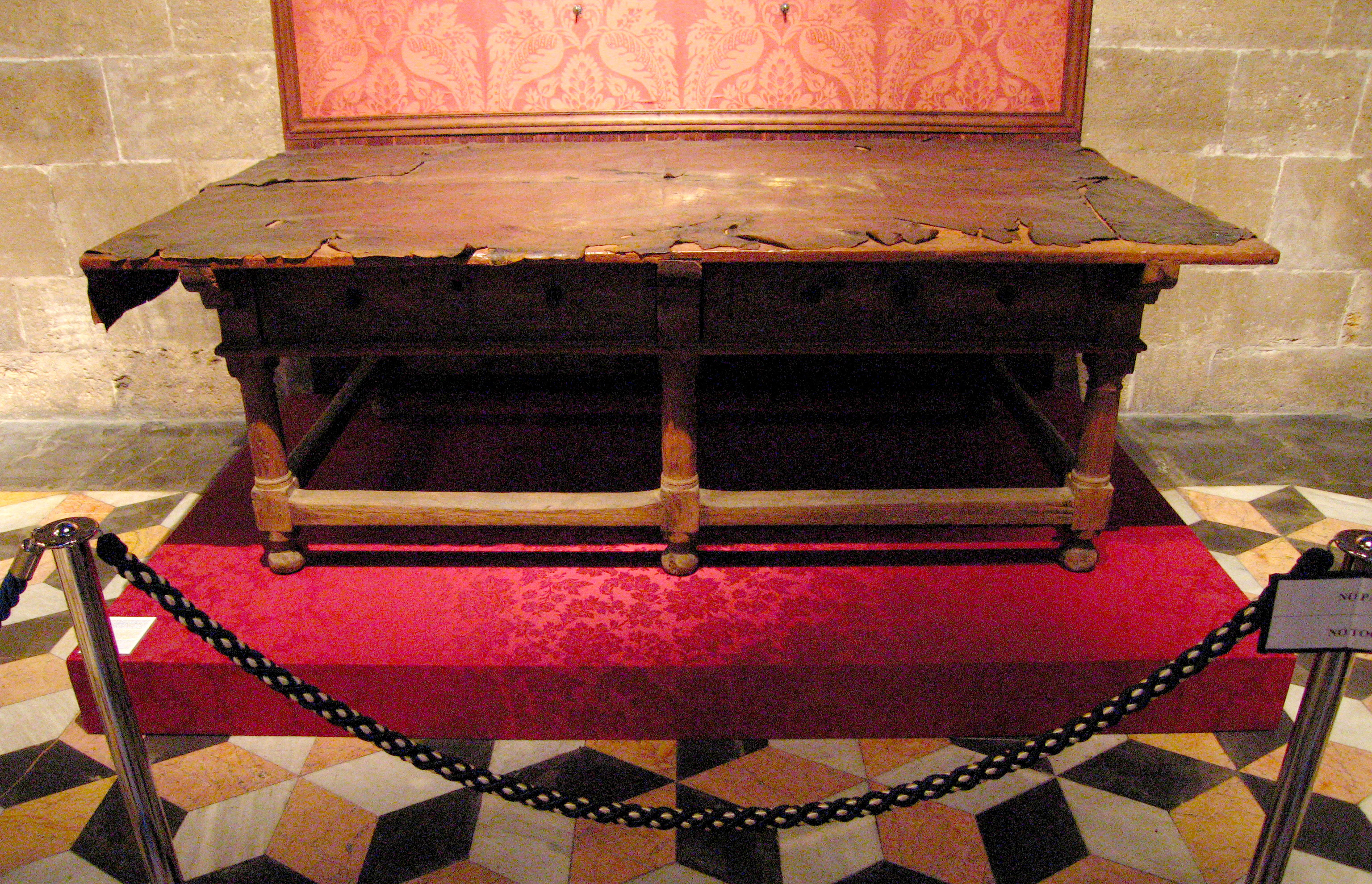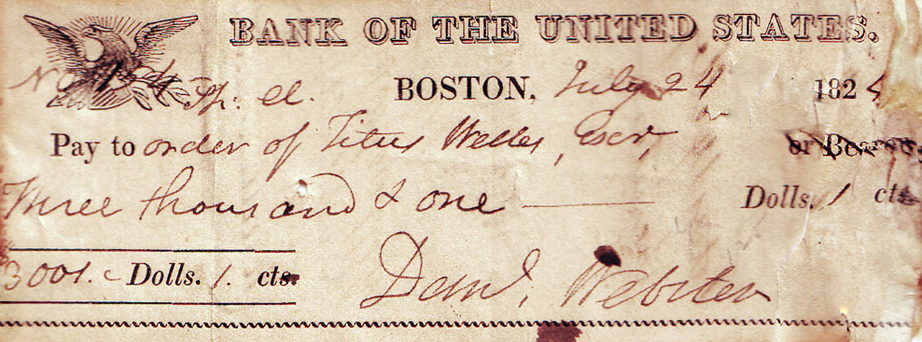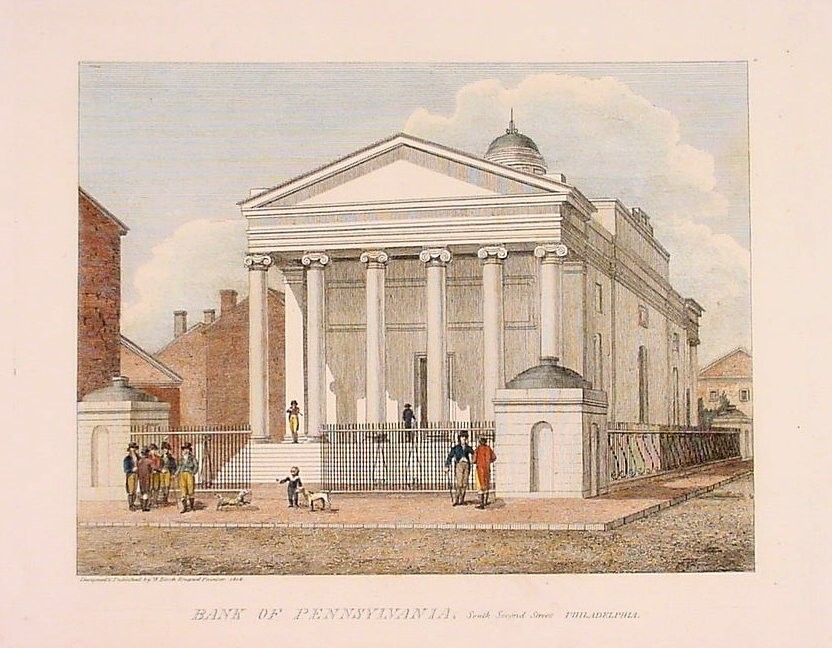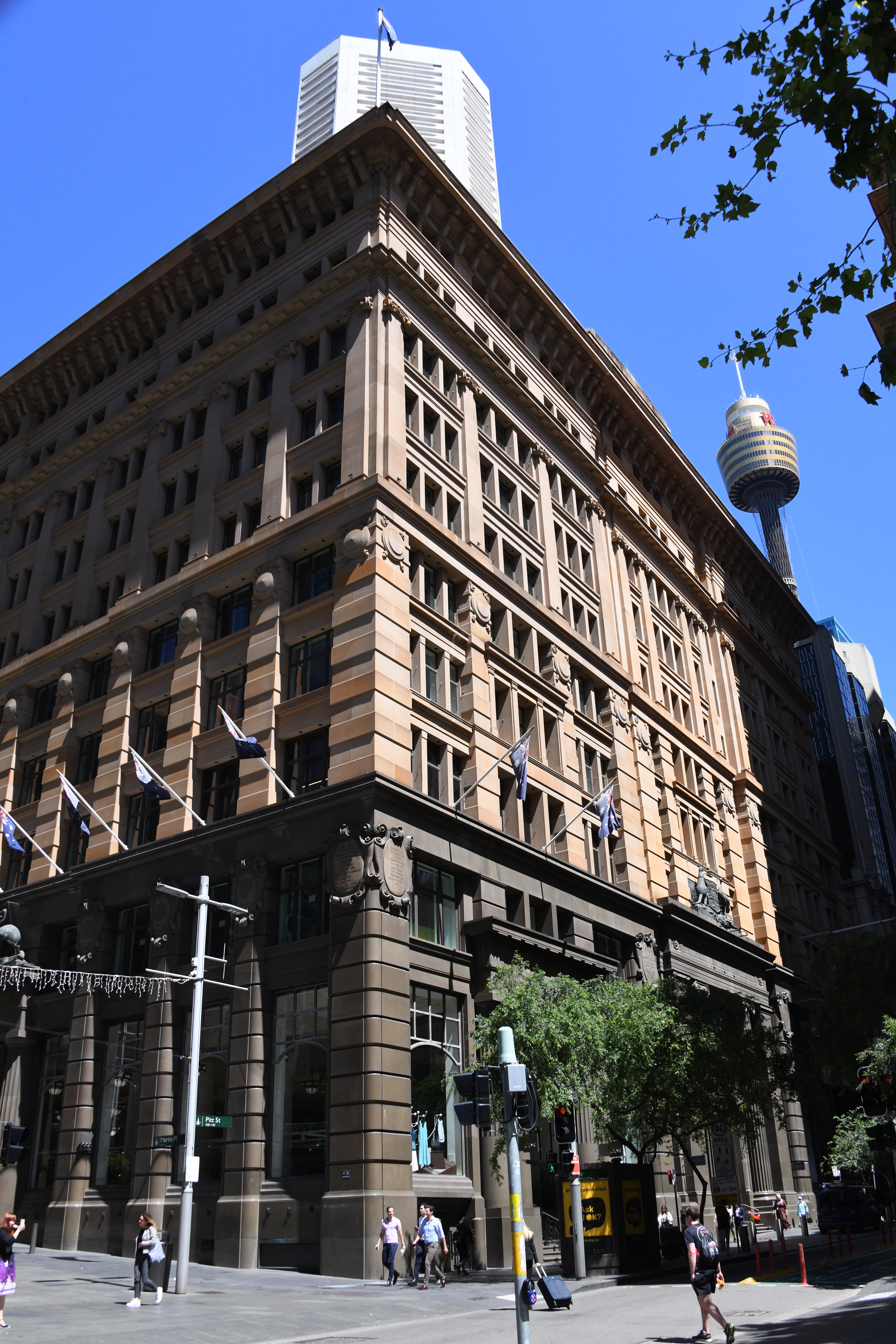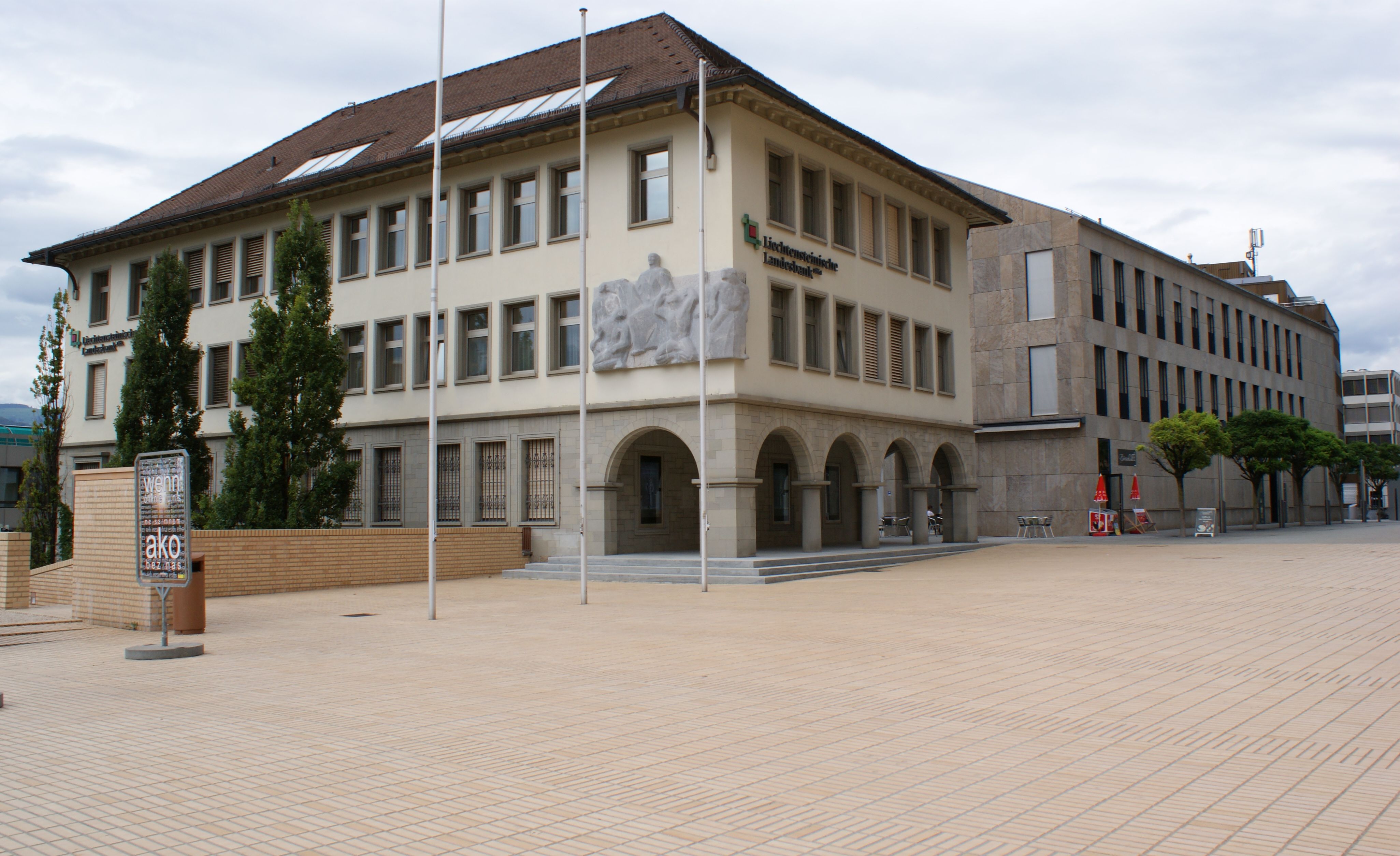|
Public Banking
A public bank is a bank, a financial institution, in which a state, municipality, or public actors are the owners. It is an enterprise under government control.Banque publique : une entreprise bancaire qui dépend de l’État - ComprendreChoisir.com Prominent among current public banking models are the , the in Germany, and many nations’ [...More Info...] [...Related Items...] OR: [Wikipedia] [Google] [Baidu] |
Bank
A bank is a financial institution that accepts deposits from the public and creates a demand deposit while simultaneously making loans. Lending activities can be directly performed by the bank or indirectly through capital markets. Because banks play an important role in financial stability and the economy of a country, most jurisdictions exercise a high degree of regulation over banks. Most countries have institutionalized a system known as fractional reserve banking, under which banks hold liquid assets equal to only a portion of their current liabilities. In addition to other regulations intended to ensure liquidity, banks are generally subject to minimum capital requirements based on an international set of capital standards, the Basel Accords. Banking in its modern sense evolved in the fourteenth century in the prosperous cities of Renaissance Italy but in many ways functioned as a continuation of ideas and concepts of credit and lending that had their roots in the ... [...More Info...] [...Related Items...] OR: [Wikipedia] [Google] [Baidu] |
Taula De Canvi
The Taula de canvi ("Table of change" in Catalan), also Taula de cambi or simply Taula, was a type of municipal public bank that existed in the Crown of Aragon in the late Middle Ages and early modern period. The Taula de canvi of Barcelona, created in 1401 and still extant in diminished form in the 19th century, has been described as the first-ever central bank. Barcelona The first Taula de canvi was created following a request of the city of Barcelona's main governing body, the Consell de Cent, calling for the establishment of a public bank on 25 April 1400. It ceremonially started its operations on 20 January 1401, inside Barcelona's '. Structure and governance The Taula's charter, dated 1405 or 1412 depending on authors, is the oldest preserved public bank regulation. Its design remained essentially unchanged for 300 years until the early 18th century. The Taula was a fully-owned operation of the city with a city guarantee of its deposits, and there is no evidence that it ... [...More Info...] [...Related Items...] OR: [Wikipedia] [Google] [Baidu] |
Non-Partisan League
The Nonpartisan League (NPL) was a left-wing political party founded in 1915 in North Dakota by Arthur C. Townley, a former organizer for the Socialist Party of America. On behalf of small farmers and merchants, the Nonpartisan League advocated state control of mills, grain elevators, banks and other farm-related industries in order to reduce the power of corporate and political interests from Minneapolis and Chicago. The NPL goat served as the US League's mascot. It was known as "The Goat that Can't be Got." History By the 1910s, the growth of left-wing sympathies was on the rise in North Dakota. The Socialist Party of North Dakota had considerable success. They brought in many outside speakers, including Eugene V. Debs spoke at a large antiwar rally at Garrison in 1915. By 1912, there were 175 Socialist politicians in the state. Rugby and Hillsboro elected Socialist mayors. The party had also established a weekly newspaper, the '' Iconoclast'', in Minot. In 1914, A ... [...More Info...] [...Related Items...] OR: [Wikipedia] [Google] [Baidu] |
Populists
Populism refers to a range of political stances that emphasize the idea of "the people" and often juxtapose this group against " the elite". It is frequently associated with anti-establishment and anti-political sentiment. The term developed in the late 19th century and has been applied to various politicians, parties and movements since that time, often as a pejorative. Within political science and other social sciences, several different definitions of populism have been employed, with some scholars proposing that the term be rejected altogether. A common framework for interpreting populism is known as the ideational approach: this defines ''populism'' as an ideology which presents "the people" as a morally good force and contrasts them against "the elite", who are portrayed as corrupt and self-serving. Populists differ in how "the people" are defined, but it can be based along class, ethnic, or national lines. Populists typically present "the elite" as comprising the p ... [...More Info...] [...Related Items...] OR: [Wikipedia] [Google] [Baidu] |
North Dakota
North Dakota () is a U.S. state in the Upper Midwest, named after the indigenous Dakota Sioux. North Dakota is bordered by the Canadian provinces of Saskatchewan and Manitoba to the north and by the U.S. states of Minnesota to the east, South Dakota to the south, and Montana to the west. It is believed to host the geographic center of North America, Rugby, and is home to the tallest man-made structure in the Western Hemisphere, the KVLY-TV mast. North Dakota is the 19th largest state, but with a population of less than 780,000 as of 2020, it is the 4th least populous and 4th most sparsely populated. The capital is Bismarck while the largest city is Fargo, which accounts for nearly a fifth of the state's population; both cities are among the fastest-growing in the U.S., although half of all residents live in rural areas. The state is part of the Great Plains region, with broad prairies, steppe, temperate savanna, badlands, and farmland being defining characterist ... [...More Info...] [...Related Items...] OR: [Wikipedia] [Google] [Baidu] |
Bismarck, North Dakota
Bismarck () is the capital of the U.S. state of North Dakota and the county seat of Burleigh County. It is the state's second-most populous city, after Fargo. The city's population was 73,622 in the 2020 census, while its metropolitan population was 133,626. In 2020, ''Forbes'' magazine ranked Bismarck as the seventh fastest-growing small city in the United States. Bismarck was founded by European-Americans in 1872 on the east bank of the Missouri River. It has been North Dakota's capital city since 1889 when the state was created from the Dakota Territory and admitted to the Union. Bismarck is across the river from Mandan, named after a historic Native American tribe of the area. The two cities make up the core of the Bismarck–Mandan Metropolitan Statistical Area. The North Dakota State Capitol is in central Bismarck. The state government employs more than 4,600 in the city. As a hub of retail and health care, Bismarck is the economic center of south-central North Da ... [...More Info...] [...Related Items...] OR: [Wikipedia] [Google] [Baidu] |
Bank Of The Commonwealth (Kentucky)
The Bank of the Commonwealth, also known as the Old Stone Bank, is a historic building on the National Register of Historic Places in Shepherdsville, Kentucky Shepherdsville is a home rule-class city on the Salt River in Bullitt County, Kentucky, in the United States. It is the seat of its county, located just south of Louisville. The population was 14,201 during the 2020 U.S. Census. History Nati .... According to its registration it was constructed around 1809 and operated by Abraham Field as Kentucky's first bank. Although Field, a local merchant, purchased the property in 1821, the rest of this history is in doubt, as is the building's connection to the state-owned Bank of the Commonwealth. See also * References National Register of Historic Places in Bullitt County, Kentucky Bank buildings on the National Register of Historic Places in Kentucky 1809 establishments in Kentucky Federal architecture in Kentucky Commercial buildings completed in 1809 {{Lo ... [...More Info...] [...Related Items...] OR: [Wikipedia] [Google] [Baidu] |
Second Bank Of The United States
The Second Bank of the United States was the second federally authorized Hamiltonian national bank in the United States. Located in Philadelphia, Pennsylvania, the bank was chartered from February 1816 to January 1836.. The Bank's formal name, according to section 9 of its charter as passed by Congress, was "The President Directors and Company of the Bank of the United States". While other banks in the US were chartered by and only allowed to have branches in a single state, it was authorized to have branches in multiple states and lend money to the US government. A private corporation with public duties, the Bank handled all fiscal transactions for the U.S. Government, and was accountable to Congress and the U.S. Treasury. Twenty percent of its capital was owned by the federal government, the Bank's single largest stockholder.. Four thousand private investors held 80 percent of the Bank's capital, including three thousand Europeans. The bulk of the stocks were held by a few ... [...More Info...] [...Related Items...] OR: [Wikipedia] [Google] [Baidu] |
Bank Of Pennsylvania
The Bank of Pennsylvania was established on July 17, 1780, by Philadelphia merchants to provide funds for the Continental Army during the American Revolutionary War. Its investors included George Meade & Co., with a £2,000 payment. Within a year after the Union was founded in 1781, the Bank of North America superseded the Bank of Pennsylvania. In 1793, the Bank of Pennsylvania was re-established, with a charter from the Commonwealth of Pennsylvania, and branches were opened in Pittsburgh, Harrisburg, Lancaster, Reading, and Easton. The bank collapsed in September 1857, with Thomas Allibone of the family firm Thomas Allibone & Co. serving as its president. In 1870, the only remaining piece of the bank headquarters building—one of its iconic stone columns—was moved to Adrian, Michigan, where it was erected as a Civil War Memorial in commemoration of the 84 local soldiers who died in the American Civil War The American Civil War (April 12, 1861 – May 26, ... [...More Info...] [...Related Items...] OR: [Wikipedia] [Google] [Baidu] |
Bank Of Canada
The Bank of Canada (BoC; french: Banque du Canada) is a Crown corporation and Canada's central bank. Chartered in 1934 under the ''Bank of Canada Act'', it is responsible for formulating Canada's monetary policy,OECD. OECD Economic Surveys: Canada 2000'. OECD Publishing; 30 August 2000. . p. 45–. and for the promotion of a safe and sound financial system within Canada.Financial Stability and Central Banks: A Global Perspective'. Routledge; November 2002. . p. 41–. The Bank of Canada is the sole issuing authority of Canadian banknotes,Gene Swimmer. How Ottawa Spends, 1996-97: Life Under the Knife'. MQUP; 15 May 1996. . p. 379–. provides banking services and money management for the government, and loans money to Canadian financial institutions. The contract to produce the banknotes has been held by the Canadian Bank Note Company since 1935. The Bank of Canada headquarters are located at the Bank of Canada Building, 234 Wellington Street in Ottawa, Ontario. The building ... [...More Info...] [...Related Items...] OR: [Wikipedia] [Google] [Baidu] |
Commonwealth Bank
The Commonwealth Bank of Australia (CBA), or CommBank, is an Australian multinational bank with businesses across New Zealand, Asia, the United States and the United Kingdom. It provides a variety of financial services including retail, business and institutional banking, funds management, superannuation, insurance, investment and broking services. The Commonwealth Bank is the largest Australian listed company on the Australian Securities Exchange as of August 2015 with brands including Bankwest, Colonial First State Investments, ASB Bank (New Zealand), Commonwealth Securities (CommSec) and Commonwealth Insurance (CommInsure). Its former constituent parts were the Commonwealth Trading Bank of Australia, the Commonwealth Savings Bank of Australia, and the Commonwealth Development Bank. Founded in 1911 by the Australian Government and fully privatised in 1996, the Commonwealth Bank is one of the " big four" Australian banks, with the National Australia Bank (NAB), ANZ and We ... [...More Info...] [...Related Items...] OR: [Wikipedia] [Google] [Baidu] |
Landesbank
In German-speaking jurisdictions, ''Landesbank'' (plural ), , generally refers to a bank operating within a territorial subdivision () that has autonomy but not full sovereignty. It is occasionally translated as "provincial bank". Austria-Hungary In the Austro-Hungarian Empire under the rule of the Habsburg monarchy, were government-sponsored banks established in some of the kingdoms and lands of the crown: * '' Landesbank des Königreichs Galizien und Lodomerien mit dem Grossherzogtum Krakau'', est. 1883 in Lemberg (now Lviv) for the Kingdom of Galicia and Lodomeria and the Grand Duchy of Kraków * '' Landesbank des Königreiches Böhmen'', est. 1890 in Prague for the Kingdom of Bohemia * '' Landesbank für Bosnien und Herzegowina'', est. 1895 in Sarajevo for Bosnia and Herzegovina under Austro-Hungarian rule * ''Bukowinaer Landesbank'', est. 1905 in Czernowitz (now Chernivtsi) for the Duchy of Bukovina * ''Kroatische Landesbank'', est. 1909 in Osijek for the Kingdom of Croa ... [...More Info...] [...Related Items...] OR: [Wikipedia] [Google] [Baidu] |

